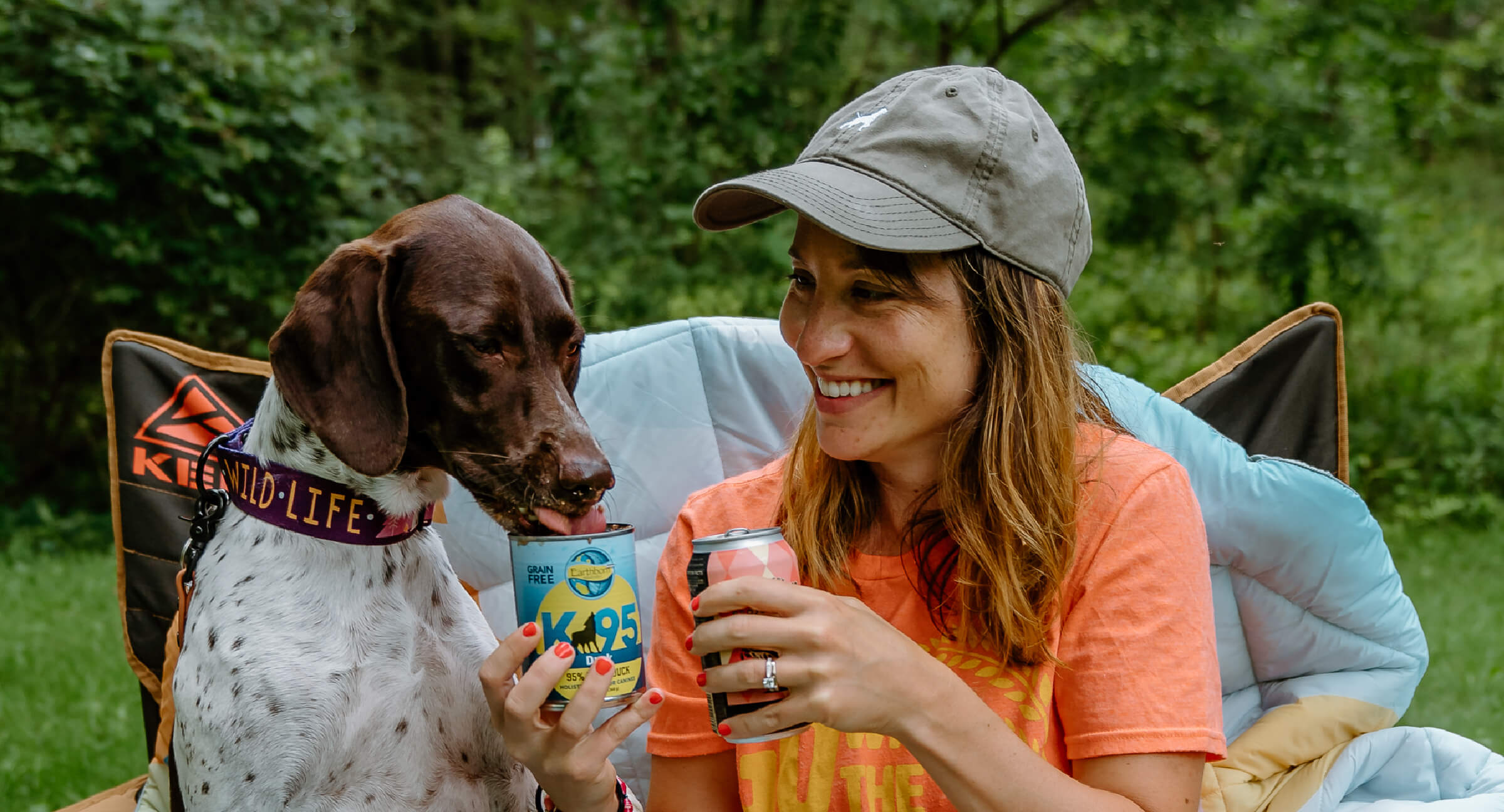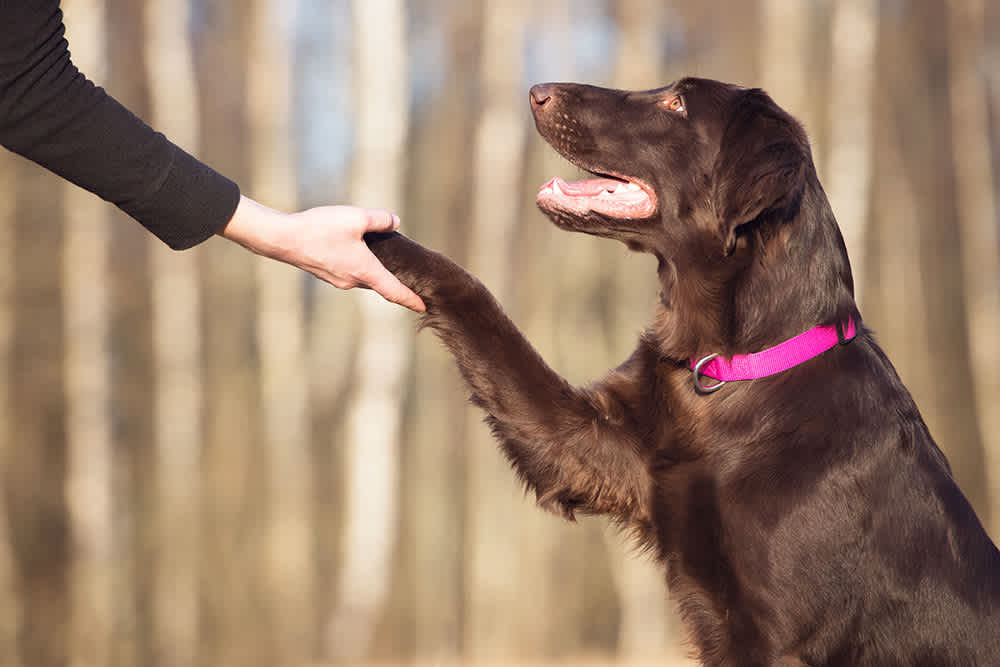Leading Dog Educating Methods Every Owner Ought To Know

Positive Reinforcement Methods
Utilizing positive support techniques is crucial for reliable canine training, as it fosters a trusting bond between the canine and the fitness instructor. This technique concentrates on satisfying desirable actions instead of penalizing undesirable ones, developing a setting for discovering. Benefits can include treats, praise, or play, which encourage pet dogs to duplicate the behaviors that gain them these benefits.

In addition, this method improves the dog's interest for training sessions. When pets associate training with positive experiences, they are extra involved and responsive. Beyond instant actions modification, favorable reinforcement urges a collective partnership between the pet dog and instructor, reducing anxiousness and worry
To optimize effectiveness, it is crucial to deliver incentives quickly, ensuring the pet dog attaches the habits with the support. Basically, favorable support methods not just yield better-trained pet dogs but likewise advertise a harmonious partnership in between dog and owner.
Remote Control Training Approach
The remote control training method is a very effective technique that builds on the principles of positive reinforcement by adding an unique sound to mark desired behaviors. This method utilizes a small portable gadget that generates a clicking sound, permitting trainers to interact with their pets in a prompt and clear manner. When a pet dog executes a behavior that the proprietor desires to motivate, the clicker is activated, followed by an incentive, generally in the kind of deals with or praise.
The trick to successful clicker training hinges on uniformity and timing. It is essential to click at the exact moment the desired habits takes place, ensuring that the dog connects the noise with the activity and the subsequent incentive. This technique not just enhances interaction but also promotes a stronger bond between the owner and the canine, as it urges interaction and communication during training sessions.
Remote control training can be applied to a variety of commands and behaviors, from basic obedience to much more complicated tricks. Its convenience and efficiency make it a favored technique among specialist trainers and family pet proprietors alike, leading the way for a well-trained and receptive canine friend.
Chain Training Basics
Reliable chain training is vital for ensuring a secure and enjoyable walking experience for both dogs and their proprietors. Dog training. Leash training need to start very early and be approached with perseverance and uniformity. Beginning by selecting an appropriate leash and collar or harness. A level collar may help some pet dogs, while others might profit from a harness that reduces pulling.
Introduce your canine to the leash slowly, enabling them to discover it in a comfortable setting. This involves satisfying your dog for strolling close to you rather than drawing ahead.
If your pet dog begins to pull, quit strolling immediately. In addition, practice numerous strolling settings to help your pet adapt to distractions.
Routine method will certainly strengthen your dog's understanding of chain rules. Keep in mind that leash training is a recurring procedure; patience and consistency will certainly generate the very best results, fostering a positive experience for both you and your canine buddy.
Socializing Strategies
Socialization is a vital facet of pet training that should ideally start throughout puppyhood but can be valuable at any type of age. Effective socialization helps dogs develop confidence and lowers the likelihood of behavioral issues. To implement successful socialization strategies, expose your pet dog to a variety of atmospheres, people, and various other pets.
Begin with controlled settings, such as puppy courses or organized playgroups, where young canines can connect securely. Slowly present your dog to brand-new experiences, consisting of different noises, surfaces, and activities. Make certain these encounters are favorable and fulfilling to develop a complacency.
For grown-up dogs or those lacking direct exposure, start with low-stress circumstances. Short, important link positive interactions with pleasant people and tranquil pets can produce positive organizations. Utilize treats and appreciation to reinforce preferable habits during these experiences.

Consistency and Perseverance
Recognizing the value of uniformity and perseverance in pet dog training is important for achieving long lasting results. Inconsistent training can lead to confusion, making it challenging for the dog to comprehend actions or commands, ultimately preventing progress.
Additionally, patience is an important component of effective training. Pet dogs, like humans, discover at their very own rate. Some may grasp principles swiftly, while others may take much longer. It is crucial for owners to continue to be tranquil and helpful, strengthening favorable actions without resorting to stress or punishment. This fosters a trusting relationship in between the pet dog and owner, encouraging an extra enthusiastic and ready student.
To cultivate uniformity and patience, develop a regular training regular, utilize the very same commands, and make certain that all member of the family apply the same training principles - Dog training. By doing so, you develop a secure setting helpful to discovering, permitting your pet dog to establish and flourish into a mannerly buddy
Final Thought
Finally, effective dog training strategies, such as favorable reinforcement, remote control training, and correct leash training, are vital for fostering a healthy and balanced owner-dog partnership. In addition, executing socialization strategies and keeping consistency and patience throughout the training procedure contributes significantly to a pet's general well-being. By incorporating these techniques, canine proprietors can assist in the development of well-adjusted, loyal animals, ultimately boosting the high quality of life for both the owner and the canine.
Amongst the most prominent techniques are positive support, remote control training, and chain training, each offering one-of-a-kind benefits that add to a well-behaved pet. As we check out these basic techniques, it becomes obvious that mastering their subtleties can significantly affect the training experience and the dog's general actions.Using favorable reinforcement methods is important for reliable dog training, as it promotes a relying on bond between the fitness instructor and the dog.In conclusion, efficient pet training techniques, such as positive support, remote control training, and proper chain training, are essential for promoting a healthy owner-dog partnership. By incorporating these methods, pet dog find more proprietors can facilitate the advancement of well-adjusted, loyal pet dogs, ultimately enhancing the high quality of life for both the proprietor and the dog.